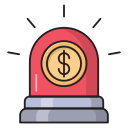
Emergency Fund Essentials: Getting Started
Chosen theme: Emergency Fund Essentials: Getting Started. Welcome! Today we kick off a practical, encouraging journey to build your safety cushion—without overwhelm. Expect simple steps, honest stories, and tools that help you start, stick with it, and celebrate progress. Subscribe and share your first goal so we can cheer you on.
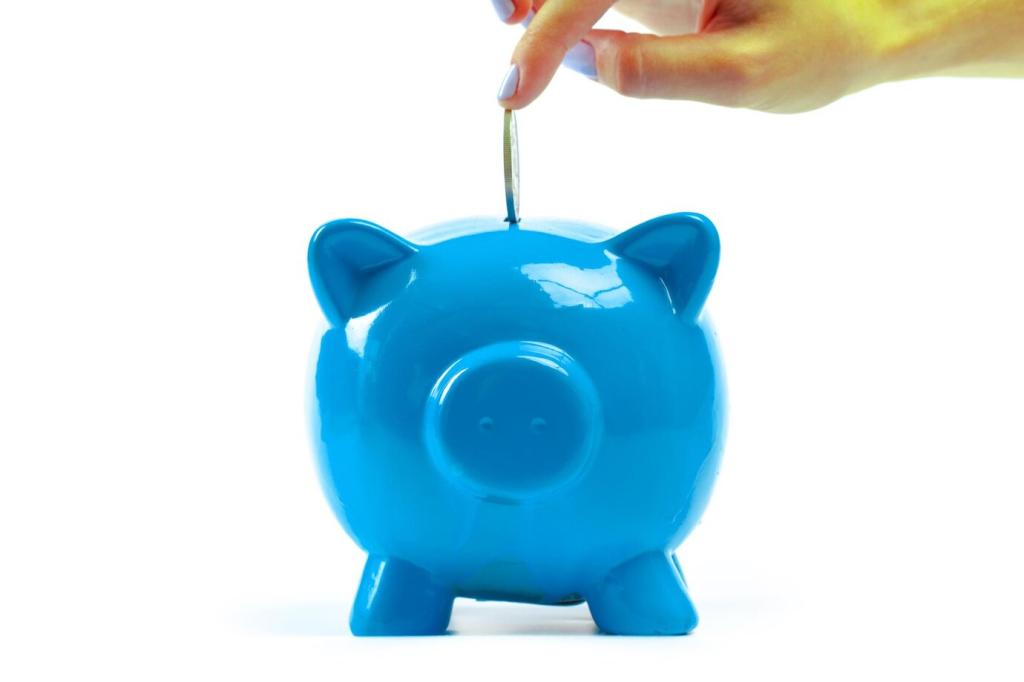
From Panic to Plan: A Real-Life Moment
When Maya’s transmission failed two days before payday, she didn’t spiral. Six months earlier, she’d started a tiny emergency fund with $15 transfers. The bill still stung, but she paid it, got to work, and slept that night. She later told us, “It wasn’t the money. It was the calm.” What would your “calm” moment look like?
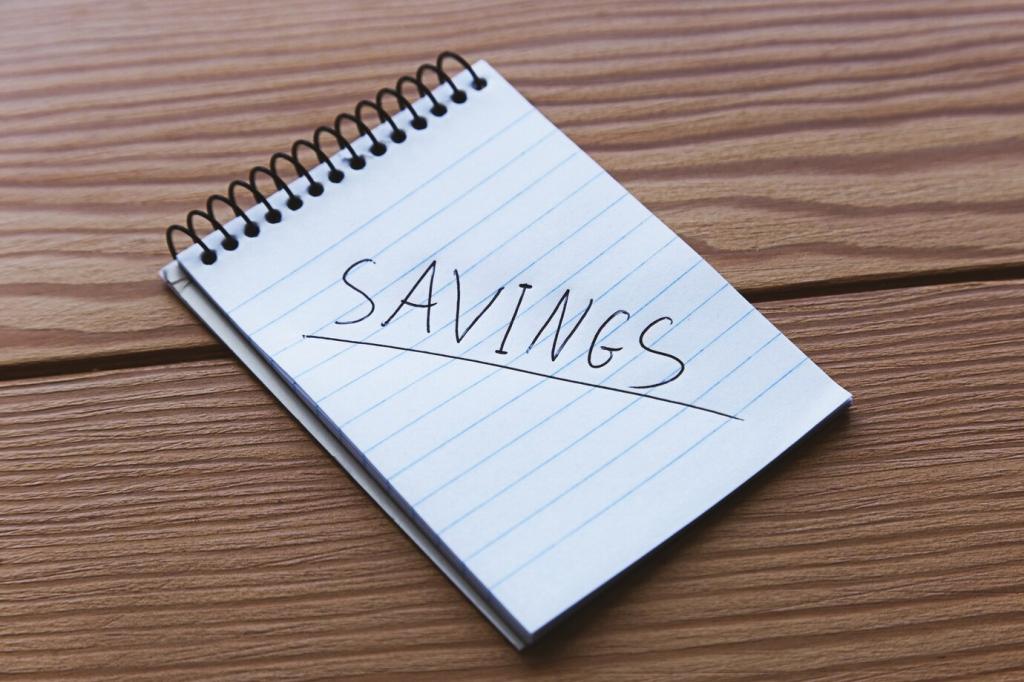
What Counts as a True Emergency
Emergencies are unplanned, necessary, and urgent: medical surprises, essential car repairs, sudden job loss, or critical home fixes. Not emergencies: vacations, holiday gifts, or the latest phone. Define your rules now to prevent emotional spending later. Share your list in the comments—naming boundaries today will save you tomorrow.

The Power of a First Milestone
Your first $500 or $1,000 matters more than a perfect final number. It stops small crises from becoming debts. Think of it as your financial airbag—unmistakably basic, absolutely life-changing. Pick a starter target, even $250, and tell us below. We’ll remind you that every deposit, no matter how small, is momentum.
How Much to Save: Right-Sized Targets
01
Starter Cushion vs. Full Reserve
Begin with a quick-win cushion of $500–$1,000 to cover urgent surprises. Then grow toward three to six months of essential expenses if you have a stable job. Freelancers, commission workers, or single-income households often aim for six to twelve months. Start small, scale smart, and adjust as your situation evolves.
02
Calculate Your Essentials with Clarity
List only must-haves: rent or mortgage, utilities, groceries, transportation, insurance, minimum debt payments, and basic healthcare costs. Add them up for a monthly essentials number. Multiply by your target months to get a personalized goal. Comment with your rough figure, and we’ll share gentle ways to reach it faster.
03
Customize for Risk and Season of Life
Consider job security, dependents, health needs, local cost of living, and your comfort with uncertainty. A teacher with tenure may need less cushion than a freelancer. New parents, caretakers, or folks with medical conditions may want more. Tell us your situation, and we’ll suggest a right-sized range to aim for first.
Where to Keep It: Safe, Liquid, Boring
Use an FDIC- or NCUA-insured high-yield savings account at a reputable bank or credit union. Prioritize easy transfers, no monthly fees, and competitive interest. Automate deposits each payday so you save without thinking. Share which bank you’re considering, and we’ll help you sanity-check features before you commit.
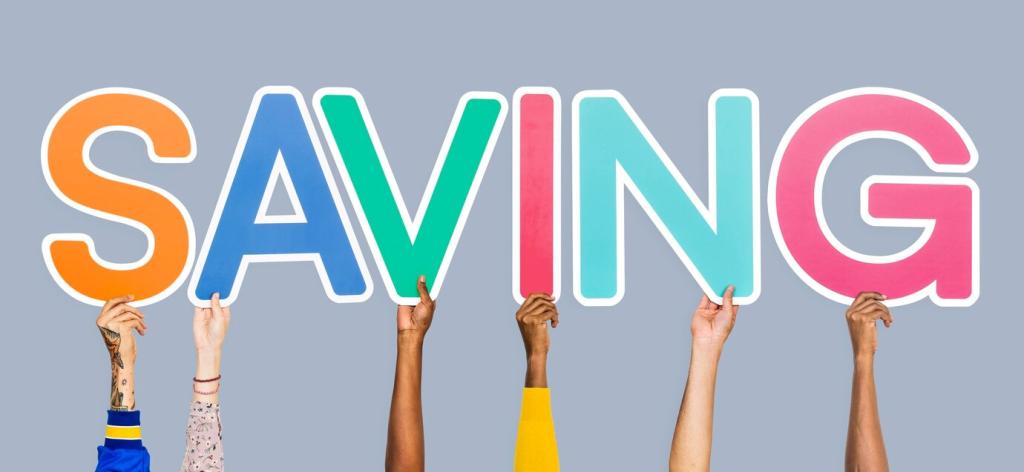
Where to Keep It: Safe, Liquid, Boring
Money market accounts can offer slightly higher yields while remaining liquid. Short-term CDs may boost rates if you won’t need funds for a set period, but avoid long terms. Skip volatile investments; your emergency fund isn’t for growth—it’s for certainty. Tell us your timeline, and we’ll help pick the right mix.


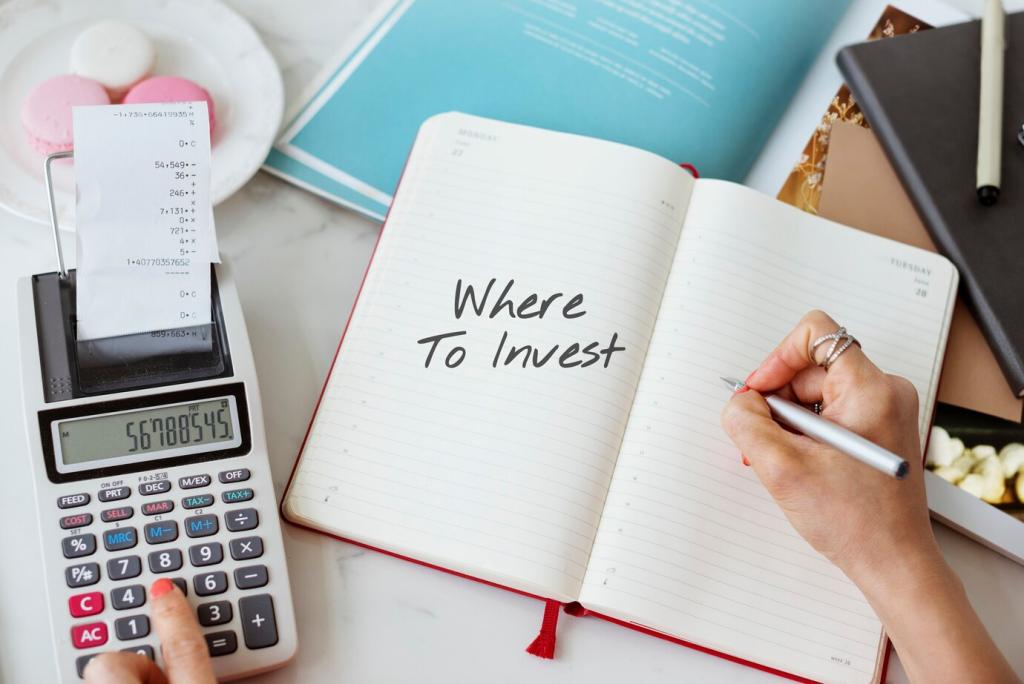
Stay Motivated: Make Progress Feel Real
Write a one-line reason: “I want to sleep through the night, no matter what the week brings.” Put it on your fridge or phone lock screen. When the transfer runs, reread your why. Share your sentence below, and you might spark someone else’s turning point.
Stay Motivated: Make Progress Feel Real
Print a progress thermometer, color a box for every $25 saved, or set a progress bar in your budgeting app. Celebrate each milestone with a zero-cost reward—an afternoon walk, a favorite playlist, a long bath. Subscribe for weekly prompts that keep your momentum strong and sustainable.

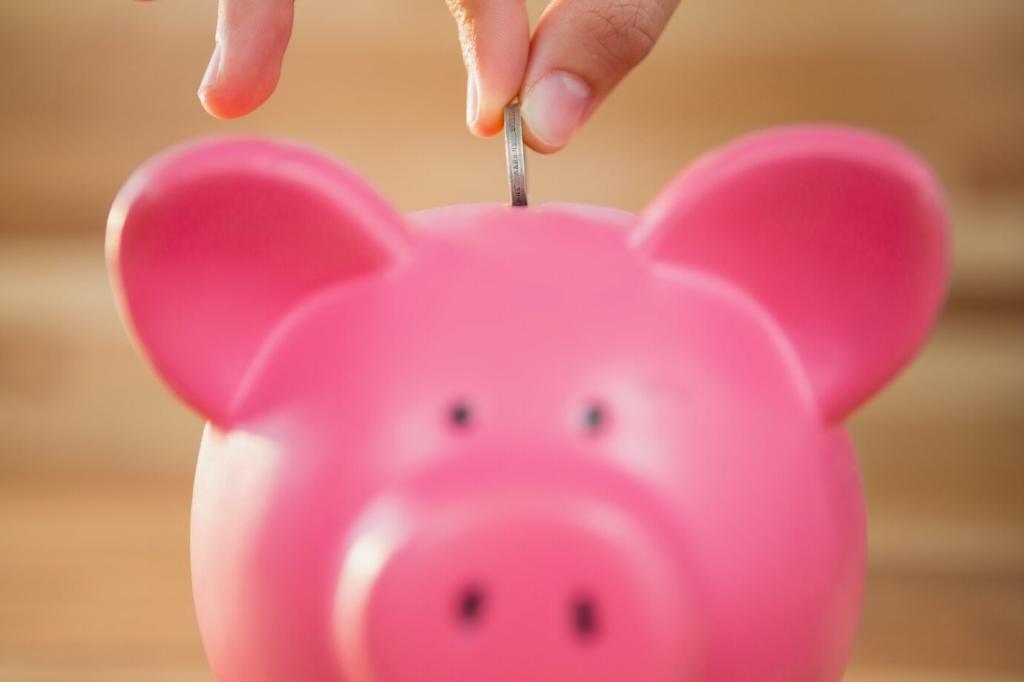
Use It Wisely and Refill Fast
Decide now: medical copays, essential car repairs, urgent home fixes, and temporary income gaps qualify; sales, vacations, and gifts do not. If you’re unsure, pause twenty-four hours and ask, “Will this protect my health, home, or job?” Share your rule set to practice saying yes or no with confidence.

